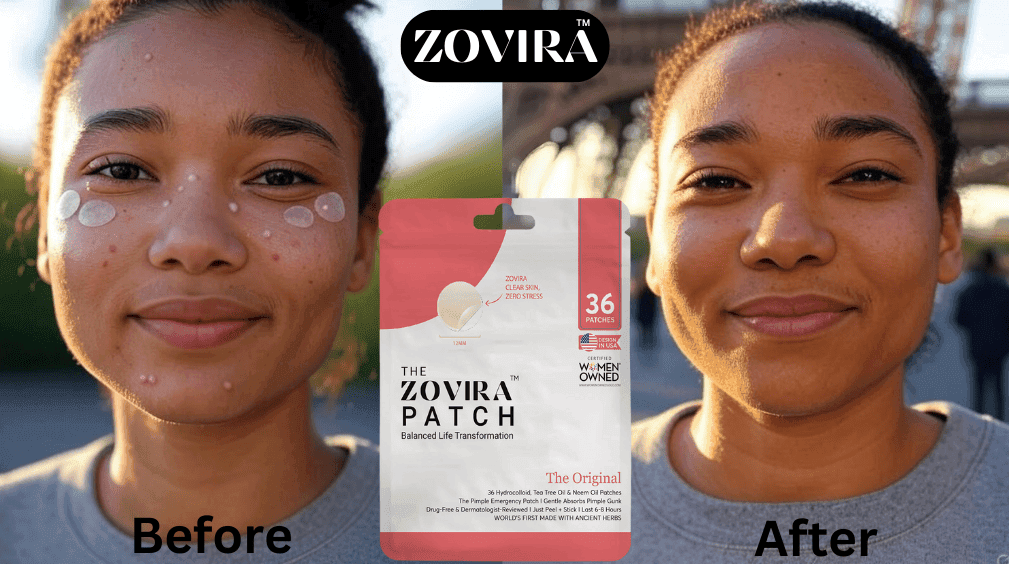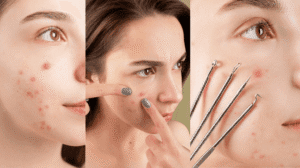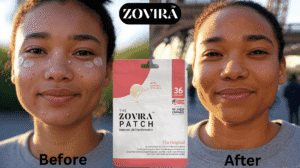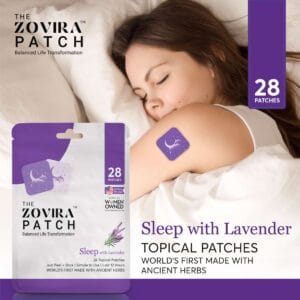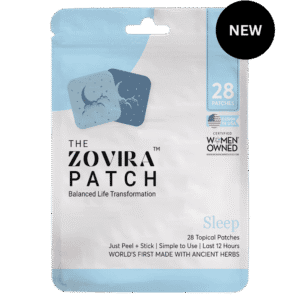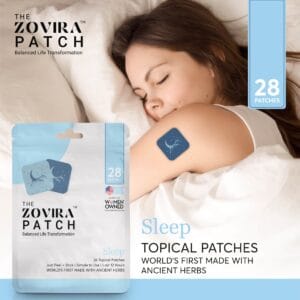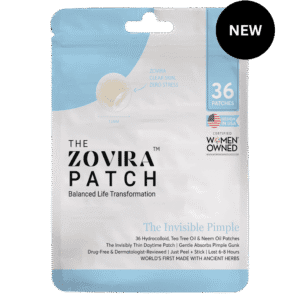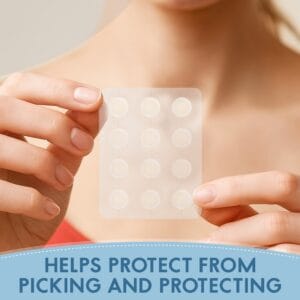If you’ve ever had a pimple appear right before a big event, you know the frustration — redness, swelling, and the urge to pick at it (which usually makes things worse). That’s where acne patches come in. Once seen as a skincare trend, they’re now a dermatologist-approved tool for healing breakouts faster, protecting the skin, and even preventing scars.
But while acne patches may seem as simple as “stick it on and forget it,” the truth is that there’s a science to using them properly. Understanding how they work, when to use them, and the do’s and don’ts can make all the difference between waking up to a calmer breakout or wasting a patch on an angry blemish.
This article will take you through everything you need to know: how hydrocolloid patches work, when to apply them, the biggest mistakes people make, and pro tips for getting the best results.
The Science behind Acne Patches
At the heart of most acne patches is hydrocolloid technology. Originally used in wound care, hydrocolloids are gel-like materials that draw out fluid and create a moist healing environment. When placed over a pimple, a hydrocolloid patch works in several ways:
- Absorbs impurities – The patch pulls out excess fluid, pus, and oil from the blemish, flattening it and speeding up recovery.
- Protects from bacteria – By covering the spot, the patch prevents new bacteria from entering, reducing the risk of infection.
- Prevents picking – Most skin damage from pimples comes not from the pimple itself, but from touching, squeezing, or scratching. Patches act like a shield, breaking this habit.
- Speeds up healing – A moist, sealed environment encourages faster tissue repair compared to leaving the blemish exposed.
Some acne patches go beyond hydrocolloids and are infused with active ingredients like salicylic acid, tea tree oil, or niacinamide to reduce inflammation and unclog pores.
When Should You Use an Acne Patch?
Acne patches work best at specific stages of a pimple’s life cycle. Applying them at the right time ensures maximum effectiveness.
- Best time to apply: When you have a whitehead or a pimple that has come to the surface. The patch can absorb pus and fluid effectively at this stage.
- Not ideal for: Deep, cystic acne or pimples that haven’t broken the surface. Patches can’t penetrate that deep. For cystic acne, topical treatments prescribed by a dermatologist are better.
- After popping a pimple: While dermatologists advise against popping, if a pimple has already broken open, a patch can be lifesaving. It will soak up leftover fluid, protect the wound, and help prevent scarring.
How to Apply an Acne Patch the Right Way (Step-by-Step)
- Start with clean, dry skin.
Gently cleanse your face with a mild cleanser. Don’t apply toner, serum, or moisturizer to the pimple before applying the patch, as it won’t stick properly. - Choose the right size.
The patch should fully cover the blemish and extend slightly beyond it. Too small, and it won’t seal properly. - Apply directly onto the pimple.
Press gently so the patch adheres smoothly without air bubbles. - Leave it on long enough.
Most patches should stay on for at least 6–8 hours. Overnight use is ideal. You’ll know it worked when the patch turns white from absorbed fluid. - Remove gently and replace if needed.
If the patch is full or the pimple is still draining, apply a fresh one.
Do’s and Don’ts of Using Acne Patches
Do’s:
- Use them on clean, makeup-free skin for the best adhesion.
- Apply them overnight or during the day under minimal makeup.
- Replace as soon as the patch has absorbed enough fluid.
- Use them as part of a consistent acne-care routine (not a replacement for other treatments).
Don’ts:
- Don’t apply patches on top of skincare products (they’ll slip off).
- Don’t use them on cystic or nodular acne (they won’t reach deep enough).
- Don’t keep reusing the same patch. Once it’s full, it loses effectiveness.
- Don’t skip your overall acne routine. Patches are a support tool, not a cure.
Different Types of Acne Patches
Not all acne patches are the same. Depending on your needs, you may want to try different versions:
- Classic hydrocolloid patches – Great for absorbing pus and flattening whiteheads.
- Invisible patches – Thinner, clear patches designed to be worn during the day under makeup.
- Medicated patches – Infused with acne-fighting ingredients like salicylic acid for faster healing.
- Microneedle patches – Use tiny dissolvable needles to deliver active ingredients deeper into the skin (ideal for early-stage pimples).
At Zovira, for example, we’ve developed Original Acne Patches for overnight healing and Invisible Patches for discreet daytime use. This way, you can tackle acne 24/7 without interrupting your lifestyle.
Why Acne Patches Are Loved by Dermatologists and Consumers Alike
There’s a reason acne patches have become a global phenomenon. Unlike creams or spot treatments that can dry out the skin, patches are gentle, effective, and targeted. Dermatologists often recommend them for patients who can’t resist touching their face, since they act as both a treatment and a barrier.
For consumers, the appeal is obvious: they’re easy to use, portable, and often provide visible overnight results. Many people wake up to flatter, less red pimples after just one use, which makes them incredibly satisfying.
Expert Tips to Maximize Results
- Pair with the right cleanser. Using a gentle, non-stripping cleanser before applying patches ensures they stick well.
- Follow up with moisturizer. After removing a patch, apply a soothing, hydrating moisturizer to support skin repair.
- Don’t abandon prevention. Continue using acne-fighting routines (like salicylic acid cleansers or retinol at night) to prevent new breakouts.
- Stock up on different types. Keep both overnight patches and invisible patches handy for flexibility.
The Bottom Line
Acne patches may look like small stickers, but they’re backed by serious science. By drawing out impurities, protecting skin from bacteria, and preventing picking, they’ve become one of the most effective spot treatments available today.
But to get the most out of them, you need to use them the right way — clean skin, correct timing, and leaving them on long enough to do their job.
At Zovira, our acne patches are designed to make this process seamless, whether you’re using the Original Acne Patch for overnight recovery or the Invisible Patch for all-day protection. Because breakouts happen — but scars and prolonged healing don’t have to.

